Planetary Science
-
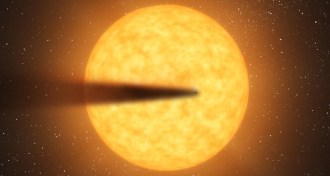 Astronomy
AstronomyDust cloud, tail could explain exoplanet’s odd light pattern
KIC 12557548 b may be ejecting dust from its surface, creating a cometlike tail behind it and an opaque envelope of material around it.
-
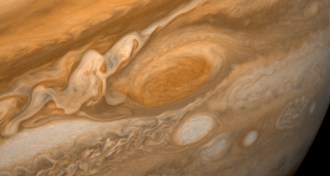 Planetary Science
Planetary ScienceJupiter’s Great Red Spot explained
A computer simulation is the first to explain how Jupiter’s Great Red Spot has survived for the nearly 200 years humans have observed it.
-
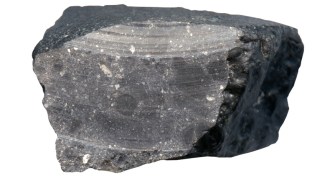 Planetary Science
Planetary ScienceAncient Martian meteorite preserves chunks of planet’s early crust
Rock could reveal what Mars was like 4.4 billion years ago.
By Andrew Grant -
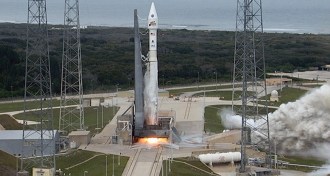 Planetary Science
Planetary ScienceMAVEN spacecraft blasts off to Mars
In September 2014, the satellite will begin studying the Red Planet's upper atmosphere.
-
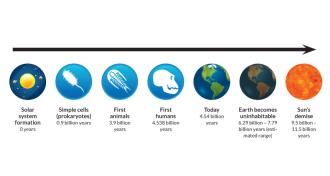 Planetary Science
Planetary ScienceUninhabitable Earth
A recent estimate of the lifetimes of the habitability zones of Earth and various exoplanets suggests Earth could become unable to support life as soon as 1.75 billion years from now, when the sun brightens before dying out.
-
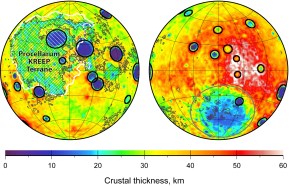 Astronomy
AstronomyMoon’s craters remeasured
Large craters cover more of the moon’s surface on its nearside than its farside, according to new maps from NASA’s GRAIL spacecrafts.
-
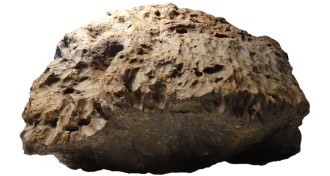 Planetary Science
Planetary ScienceMeteor explosions like this year’s Russian fireball more common than thought
Chelyabinsk-sized rocks may come to Earth every 30 years, on average.
By Andrew Grant -
 Planetary Science
Planetary ScienceMoon material on Earth
Scientists now think that tektites are a type of impactite, formed during the rapid heating and cooling of material ejected when a meteorite strikes Earth.
-
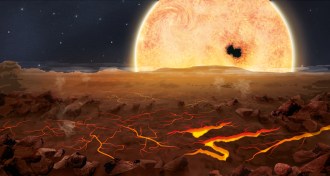 Astronomy
AstronomyAn Earth-sized hell circles faraway star
Kepler-78b, an Earth-sized, extremely hot exoplanet made of rock and iron, is the smallest with known diameter and mass.
-
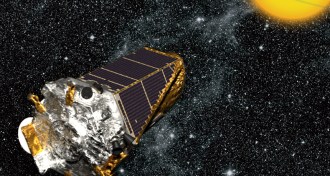 Astronomy
AstronomySolar system with seven planets discovered
Kepler data has identified a star with a seven-planet system structured similarly to the sun’s clutch of planets.
-
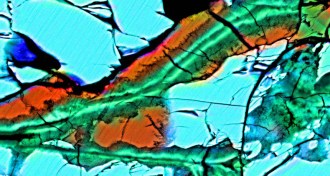 Planetary Science
Planetary ScienceCarbonation may have grounded Mars’ atmosphere
The chemical interaction could have forced Red Planet’s atmospheric carbon dioxide into the dirt.
-
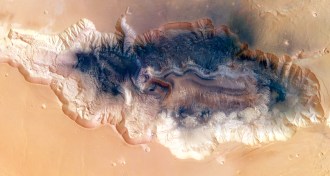 Planetary Science
Planetary ScienceA grander canyon on Mars
Hebes Chasma, a huge trough on Mars, reflects the Red Planet’s tumultuous and varied past.